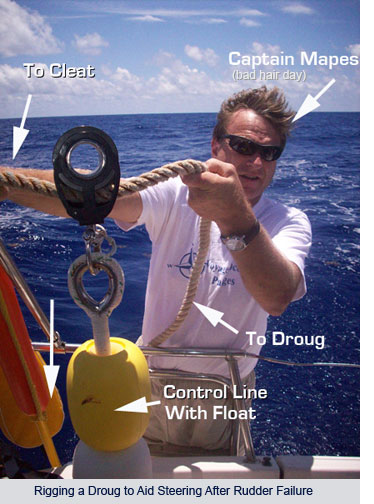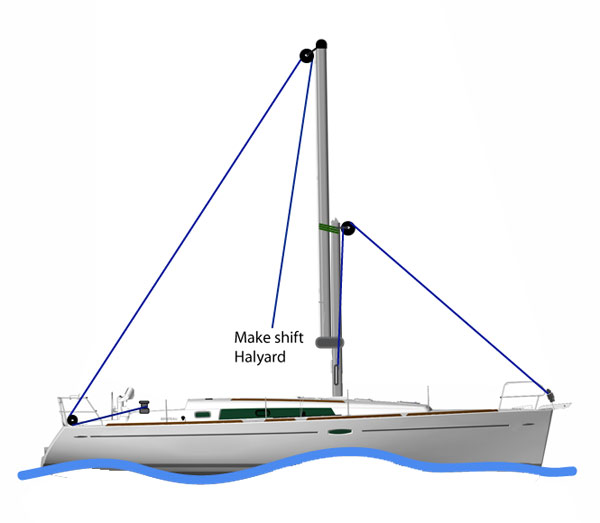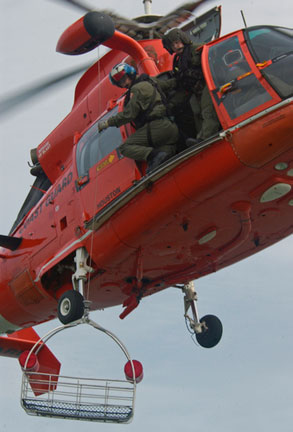- Home
- About Us
- Sailing Courses
- SLC - Sailing License
- Sailing Vacations
- Sailing Schools
- Practical Courses
- Boating Knowledge Base
- Fighting Childhood Cancer
- Free Courses Signup
- Gift a Sailing Course
- Sailing Opportunities
- Sailing Licenses and Certifications
- About the Sailing Certifications
- Sailing Blog & Helpful Articles
- NauticEd Podcast Series
- Yacht Charter Resources
- School Signup
- Instructor Signup
- Affiliate Signup
- Boat Sharing Software
- Sailing Industry Services
- Support & Contact
- Newsroom
- Privacy Policy
Safety at Sea | Online Sailing Course
Enroll in the Safety at Sea Clinic online course and learn the essential skills and knowledge necessary to prepare for and deal with unexpected situations when sailing offshore. From preparing your ditch bag to handling broken masts and helicopter evacuations, this comprehensive course will provide you with the knowledge and skills necessary to navigate through emergency situations safely and efficiently.
This course is a required sailing lesson to gain the NauticEd Captain Rank certification along with a minimum of 50 days of logged sailing experience. It covers all the essential questions you need to ask when sailing offshore, such as what to do if your mast breaks or your rudder is torn off by a whale strike, or which communication tools to use in different situations.
Captain Ed Mapes brings the answers to you in an easy-to-read, comprehensive, and colorful Safety at Sea sailing clinic, taking you through approximately 14 hours of engaging and informative content. So pull up a cozy chair, grab a coffee, and "safe up" with Captain Ed Mapes' Safety at Sea Clinic.
Topics covered in this Safety at Sea Clinic:
- Communications
- Rigging Failures
- Steering Failures
- Safety Gear
- Sail Repair
- Engine Issues
- Fire
- Flooding
- Man Over Board
- Abandon Ship Procedures
- Medical Issues
- Helicopter Evacuation
We guarantee both your satisfaction AND Lifetime access to any sailing course you buy from us
More about this Safety at Sea Sailing Course
- The Safety at Sea online sailing course is required learning anytime you are sailing offshore.
- View an excerpt from the Safety at Sea Course
- Extensive and essential knowledge for sailing offshore
- This Sailing Course takes approximately 14 hours of total time to complete
- Take as long as you need to complete
- Return as many times as you like to review
- Take the online test as many times as you like
- Adds the Safety at Sea Endorsement to your Sailing Certificate
- Required for the NauticEd Captain Rank
This is an ONLINE course and tests viewable in your browser window.
Not convinced yet that online sailing courses are cool? Visit our fully interactive and completely free Basic Sail Trim Sailing Course. You'll see why online e-learning is SO MUCH BETTER than a boring old Book.

Safety at Sea: by Captain Ed Mapes. The traits of independence and self-sufficiency are absolute requirements in the mental makeup of those of us who venture offshore. The sailor who shudders at the thought of taking on repairs or coping with emergency situations should not take vessels or crews to sea. During my three decades of ocean sailing, I have discovered this incontrovertible fact: Murphy's Law is in full effect out there - things do go wrong, and unforeseen events come up in spite of the best intentions and most meticulous preparations. I know that this challenge is what draws me to sail the oceans, and it's also the reason that making landfall is such an indescribably proud moment. It is a feeling only experienced by those who dare to sail away from land, where only they can determine success.
The most capable skippers are those who give forethought and action to developing protocols and procedures to cope with situations that can arise well in advance of the sailing date, and outfit their vessels appropriately for eventualities at sea.
What would I do if the rudder broke? How would I cope if a shroud terminal cracked? Could I get the crew safely into the liferaft if the boat went down? Asking these questions in advance is a great way to make ready for the sea. We might not pre-fabricate replacements for everything that could break, but the exercise provides us the chance to have materials and tools ready to build a rudder, for example. We could have a plan in mind to substitute for a shroud and keep the rig standing. We would know what goes wrong with a wind vane, what to look for, and how to return it to use.
Most mariners don't realize that we never even hear about the many crews aboard vessels that had their share of problems offshore. Situations were evaluated, repairs were completed, and they made landfall quietly and efficiently - this was done as a normal course of passage making. These able sailors had the skills, materials, and a plan to cope - having merely to carry out the work to get back on course. They understand that overcoming obstacles is a normal part of blue water sailing.
Taking stock of our boats with thorough inspections and considering what can go wrong is an exercise that helps skippers respond to trouble on the water. Ready to Sail, my first book, was written to help mariners conduct thorough, systematic vessel inspections in their efforts to ensure seaworthiness and preparation.
Protocols are sets of steps to be taken when situations or mishaps threaten the ship. The finest skippers not only formulate given protocols but extend their responsibility to teach those procedures to crewmembers before leaving the harbor. This preparation and the knowledge gained during the process not only makes the skipper more capable and seamanlike but also lends credibility to his abilities and fosters confidence in the whole ship's company. The crew's proficiency and confidence levels are enhanced when they understand that protocols are in place for all contingencies. That confidence is a key ingredient to alleviating fear and anxiety that can be detrimental to performance.
My Safety at Sea Clinic addresses the protocols that have proven effective for my crews - not merely in theory or during classroom sessions but during - thousands of miles at sea.
If you're considering venturing more than 20 miles offshore, you NEED the information in this clinic.

By Ed Mapes
USCG Captain Master Mariner
View Safety at Sea Course excerpt
Student Reviews
Patrick G.
2024, 29 Feb. 13:23
Great base prep knowledge for in person course given by US Sailing
Gisle H.
2023, 15 Aug. 19:41
Thorough
Yosh H.
2022, 04 Oct. 04:28
I liked all the detailed safety notes and quizzes - I also liked the videos
Amanda S.
2022, 18 Sep. 15:06
Covers all the basics for safety at sea.
Donald A.
2022, 26 Jun. 12:52
This is probably the most important course to take.
Showing last 5 reviews.
List Price: $45.00 Price: $39.00 You Save: $6.00 (13%)
Excerpt from the course
Expand Excerpt from the courseFrom Module 9: Crew Overboard
Reacting quickly also provides an enormous boost to the victim who sees the boat maneuver quickly rather than continuing to sail in the opposite direction.
Make the tack, and if at all possible and the seas are moderate enough to allow, execute the Quick Stop Maneuver shown in the video below.
The Quick Stop Maneuver
From Module 2: Jury Rigging
Jury rigging a set of sails will be necessary if the engine fails or you're beyond fuel range to the nearest port. There are some principles that apply to boats in general, but how to proceed depends on the circumstances. If a mast stub remains, it's probably broken just above the lower shrouds; above or below the first spreaders. This stub can be a great benefit, enabling three possible strategies that could be used:
- Connect a shackle at the upper end of the stub with lashings (icicle hitch) or directly with screws.
- Attach blocks to the outboard end of the boom, and fold the boom upward against the mast stub to serve as a spar (Figure 5).
- Hoist the spinnaker pole to the upper limits of the track to function as a mast.

From Module 11: Helicopter Evacuation
Once in position, a rescue basket or litter, with an attached trailing line, will be lowered to your deck from the chopper (Figure 4).

Figure 4: A rescue basket is lowered from the helicopter.
Courtesy of U.S. Coast Guard.
A powerful static electrical charge builds up within the basket and trailing line as they are lowered. These must make contact with the deck to dissipate those charges before touching them to begin positioning the patient.
Other sailing courses that you might enjoy
Sea talk testimonials
I'd like to point out that I have had no formal sailing training, other than what our club provided. NauticEd was my main source of "class room" training and it was great! Can't wait to go chartering again and I will insist that our crew, on the next trip, take some of your courses!


